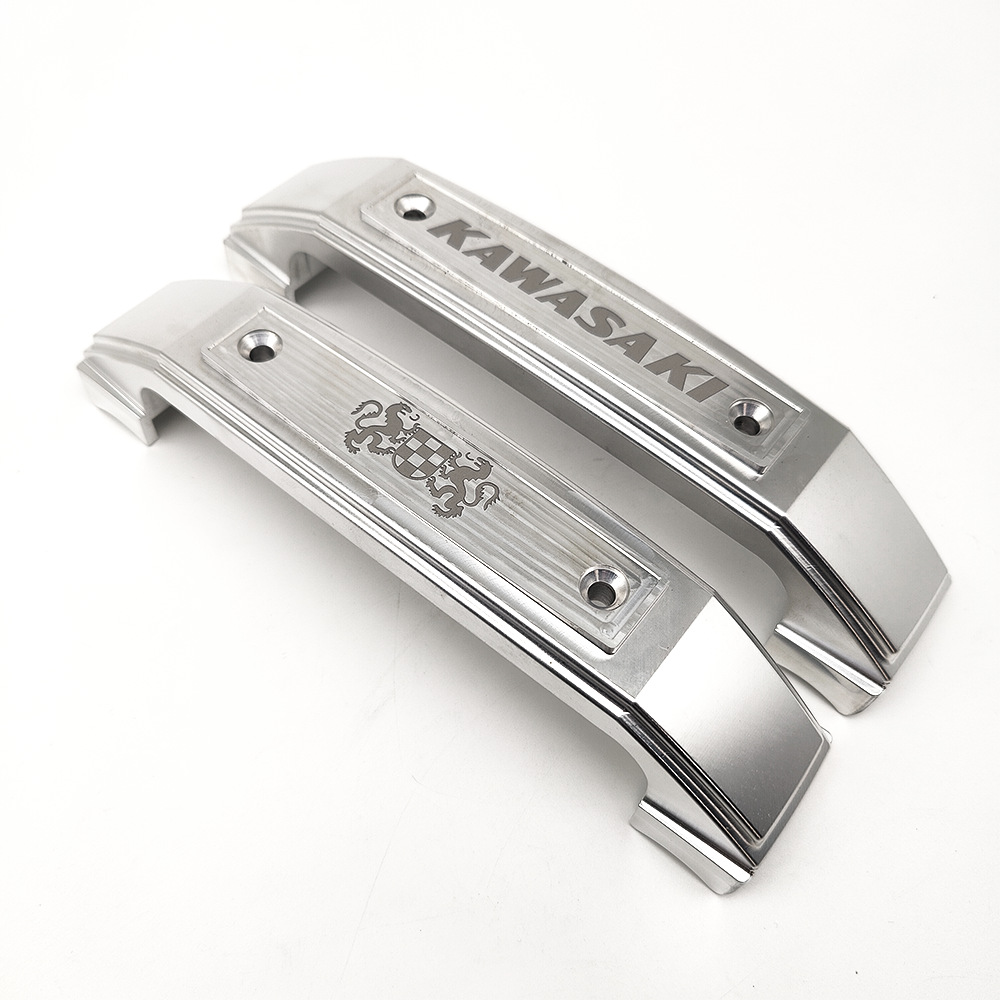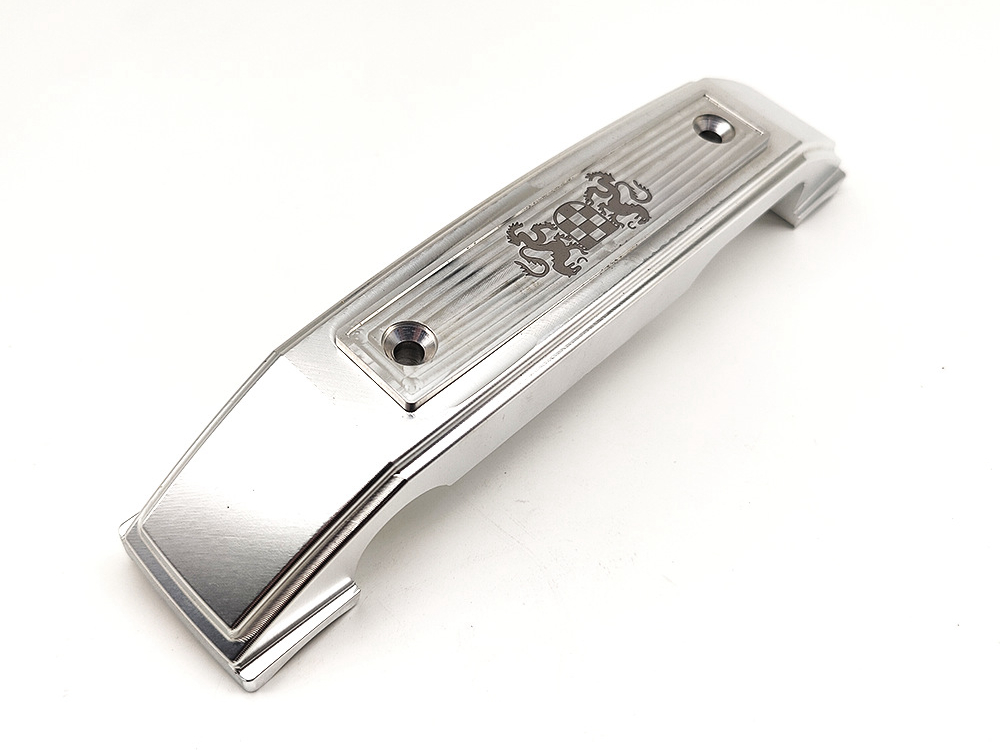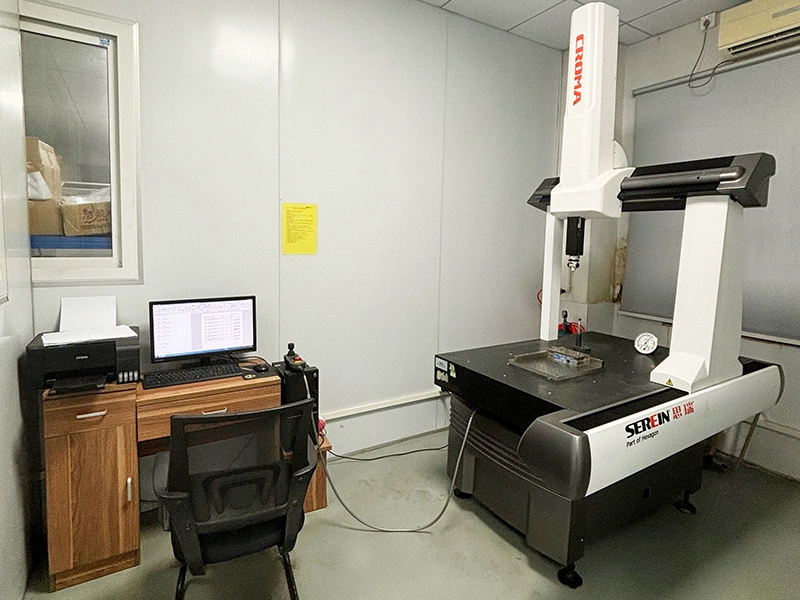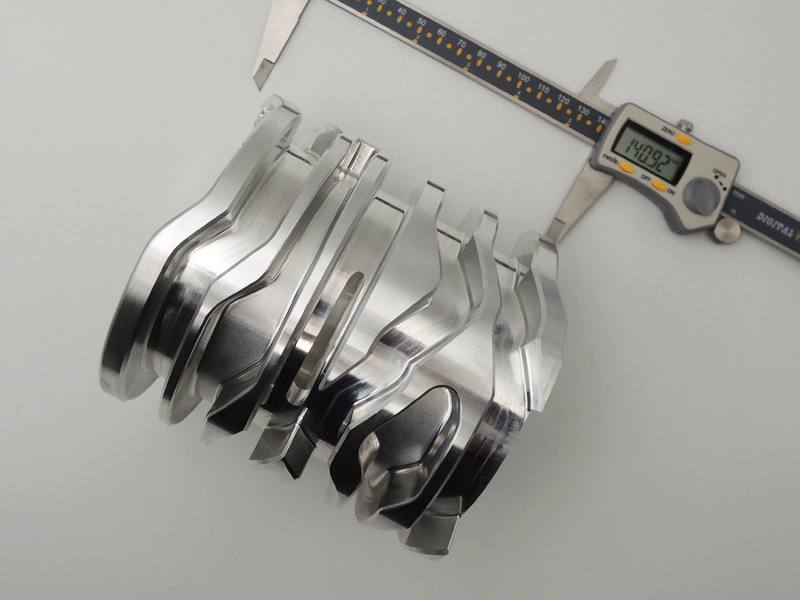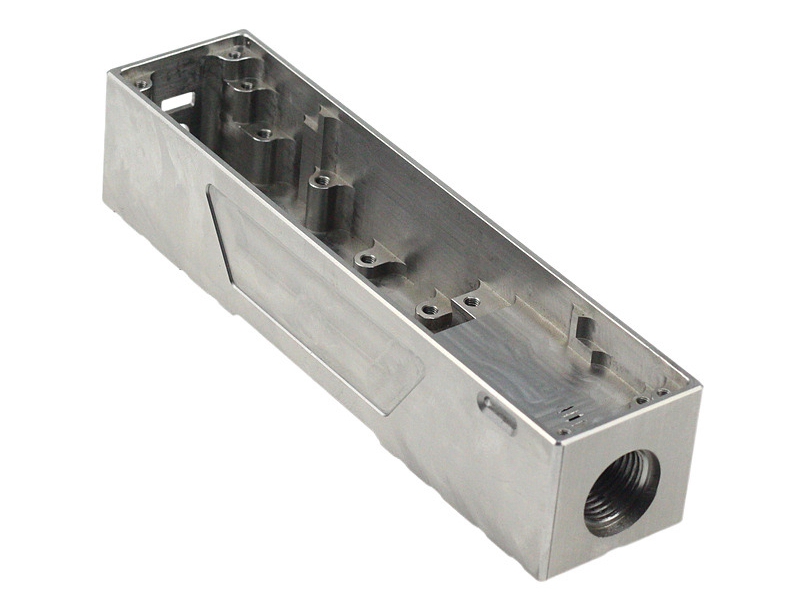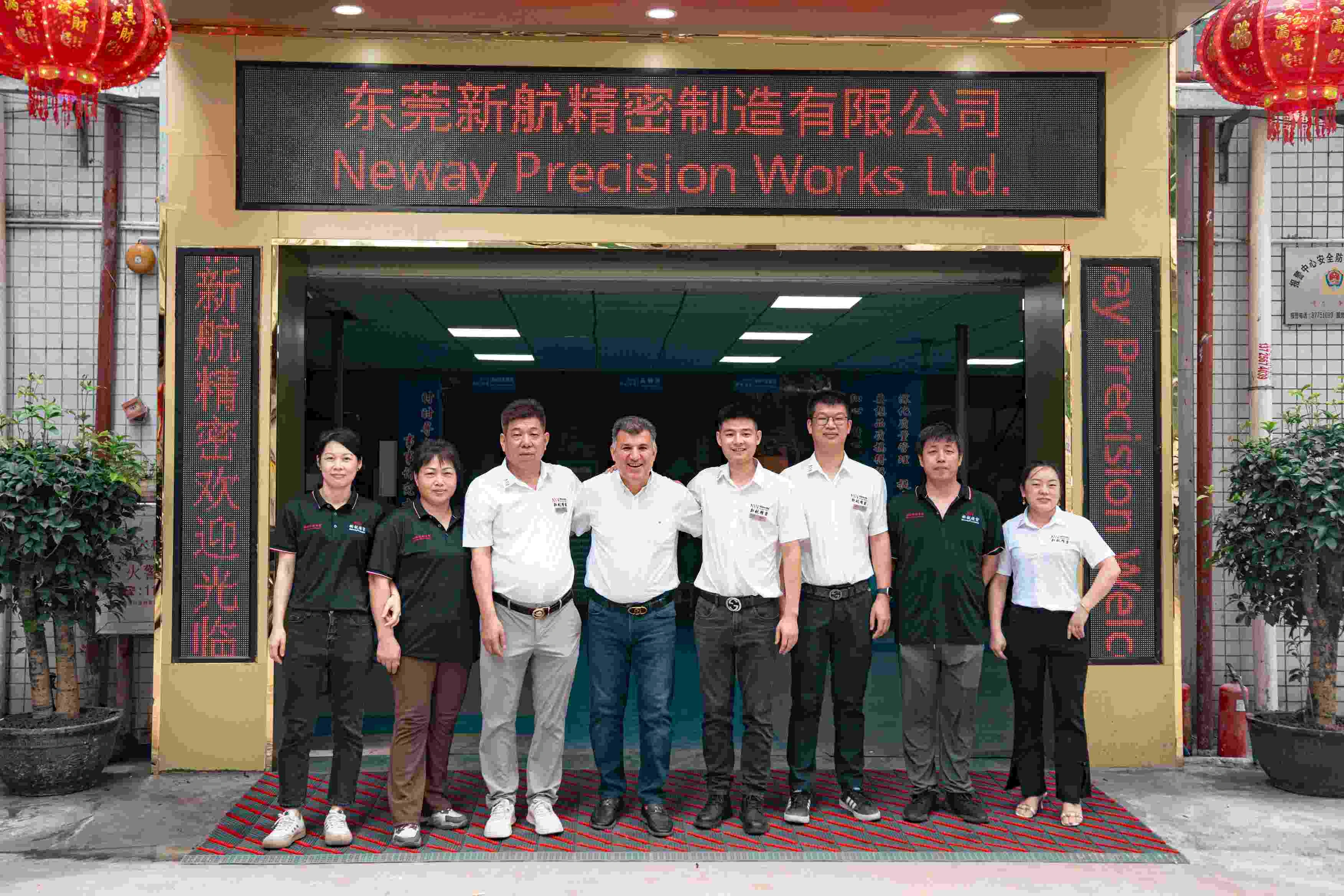Du CAD à la pièce finie : le processus complet d’usinage CNC expliqué
Introduction
La réussite d’une commande d’usinage CNC repose sur un flux de travail clairement défini, étape par étape, qui relie l’intention de conception à la réalisation finale de la pièce. Du fichier CAO jusqu’à l’expédition, chaque phase contribue à la précision, à la fonctionnalité et à la fiabilité des pièces livrées.
Cet article décrit le flux de travail complet en usinage CNC et aide les ingénieurs, acheteurs et chefs de projet à structurer les services d’usinage CNC sur mesure afin de garantir des résultats réguliers et maîtrisés.
1. Soumission des fichiers CAO et revue technique
Le processus commence lorsque le client fournit un plan 2D (généralement au format PDF) ainsi qu’un fichier CAO 3D (.STEP / .IGES). Ces fichiers sont analysés pour évaluer la complexité géométrique, les spécifications de tolérances et la faisabilité technique. Les vérifications courantes portent sur la symétrie de la pièce, l’usinabilité et l’épaisseur des parois.
2. Analyse DFM (Design for Manufacturability)
Des ingénieurs expérimentés réalisent un examen DFM pour identifier les risques en usinage, tels que contre-dépouilles, zones trop fines ou tolérances excessivement serrées. Des ajustements sont recommandés pour réduire le temps d’usinage, le coût et le taux de rebut, en particulier pour les séries de fabrication en faible volume.
3. Chiffrage et estimation du délai
En fonction du type de matériau (par exemple aluminium 7075, Inconel 625), du traitement de surface, du volume de pièces et de la complexité d’usinage, un devis détaillé est établi. Il inclut la ventilation des coûts, le délai prévisionnel et les conditions d’expédition.
4. Programmation FAO (CAM) et génération des trajectoires d’outils
Une fois la commande validée, elle passe en phase de programmation. Les ingénieurs FAO génèrent des trajectoires d’outils optimisées pour la stratégie de coupe, afin de réduire au minimum les temps morts, les changements d’outil et les vibrations de la pièce. Pour les surfaces 3D complexes, l’usinage multi-axes peut être utilisé pour améliorer la précision et l’état de surface.
5. Approvisionnement et préparation de la matière première
Les matières premières certifiées sont achetées puis contrôlées afin de s’assurer qu’elles répondent aux spécifications mécaniques. Les bruttes sont débitées aux dimensions approximatives et étiquetées avec des codes de suivi de production pour garantir la traçabilité tout au long du cycle de fabrication.
6. Opérations d’usinage CNC
La pièce est ensuite usinée sur les équipements appropriés tels que centres de fraisage CNC, tours CNC, machines d’érosion (EDM) ou de rectification. Chaque opération suit une fiche de réglage et une check-list de contrôle en cours de process pour assurer la conformité aux exigences.
7. Contrôle dimensionnel et qualité
Après usinage, la pièce fait l’objet d’une vérification dimensionnelle à l’aide de micromètres, pieds à coulisse ou MMT (machines à mesurer tridimensionnelles / CMM). Les projets dans l’aéronautique, le médical ou le nucléaire incluent souvent des rapports de « first article inspection » (FAI) et une documentation de traçabilité complète.
8. Traitement de surface et finition
Lorsque cela est spécifié, la pièce passe en finition, avec des options telles que l’anodisation, les revêtements thermiques, le revêtement PVD ou l’électropolissage. Chaque traitement doit répondre aux exigences esthétiques ou fonctionnelles du client.
9. Assemblage et contrôle final
Certaines commandes nécessitent un assemblage mécanique simple ou l’intégration de sous-composants. Après assemblage, le contrôle final vérifie que l’ensemble des spécifications dimensionnelles, esthétiques et fonctionnelles est respecté avant le conditionnement.
10. Conditionnement et logistique
Les pièces finies sont nettoyées, emballées avec des protections anticorrosion et étiquetées selon les instructions d’expédition du client. Les commandes sont ensuite expédiées via des services de transport nationaux ou internationaux, avec suivi en temps réel lorsque cela est applicable.
Conclusion
Comprendre le flux de travail complet en usinage CNC — de la soumission des fichiers CAO jusqu’à la livraison finale — permet aux parties prenantes d’optimiser la collaboration, de maîtriser la qualité et de réduire les délais. Un processus de production structuré aide à garantir que chaque pièce CNC sur mesure réponde aux exigences fonctionnelles, réglementaires et économiques.
